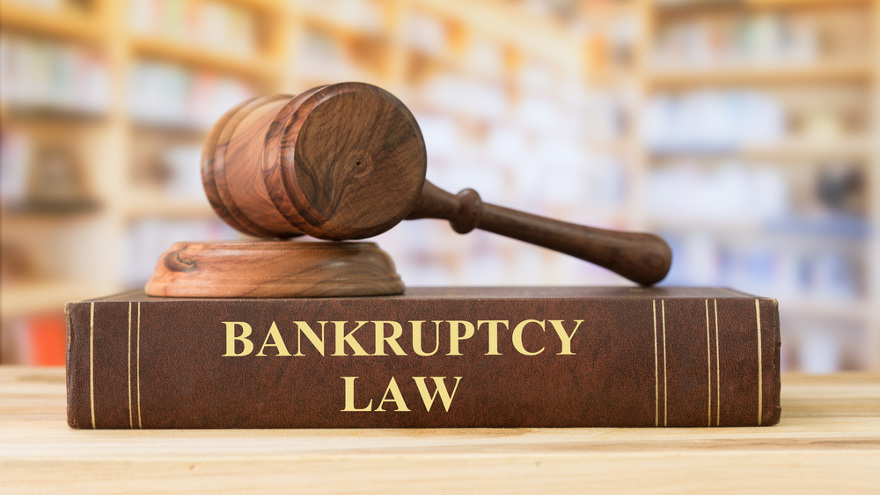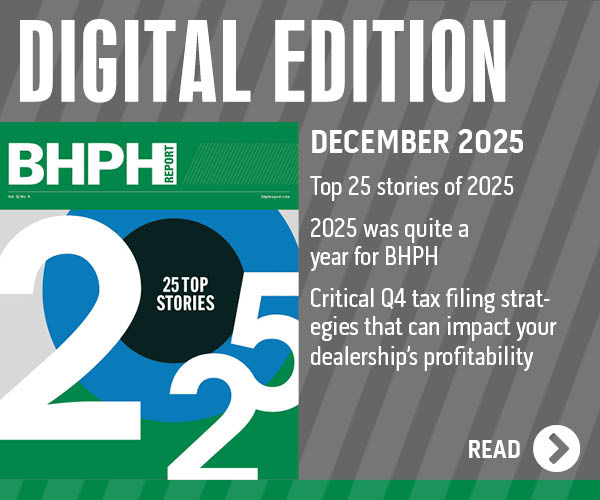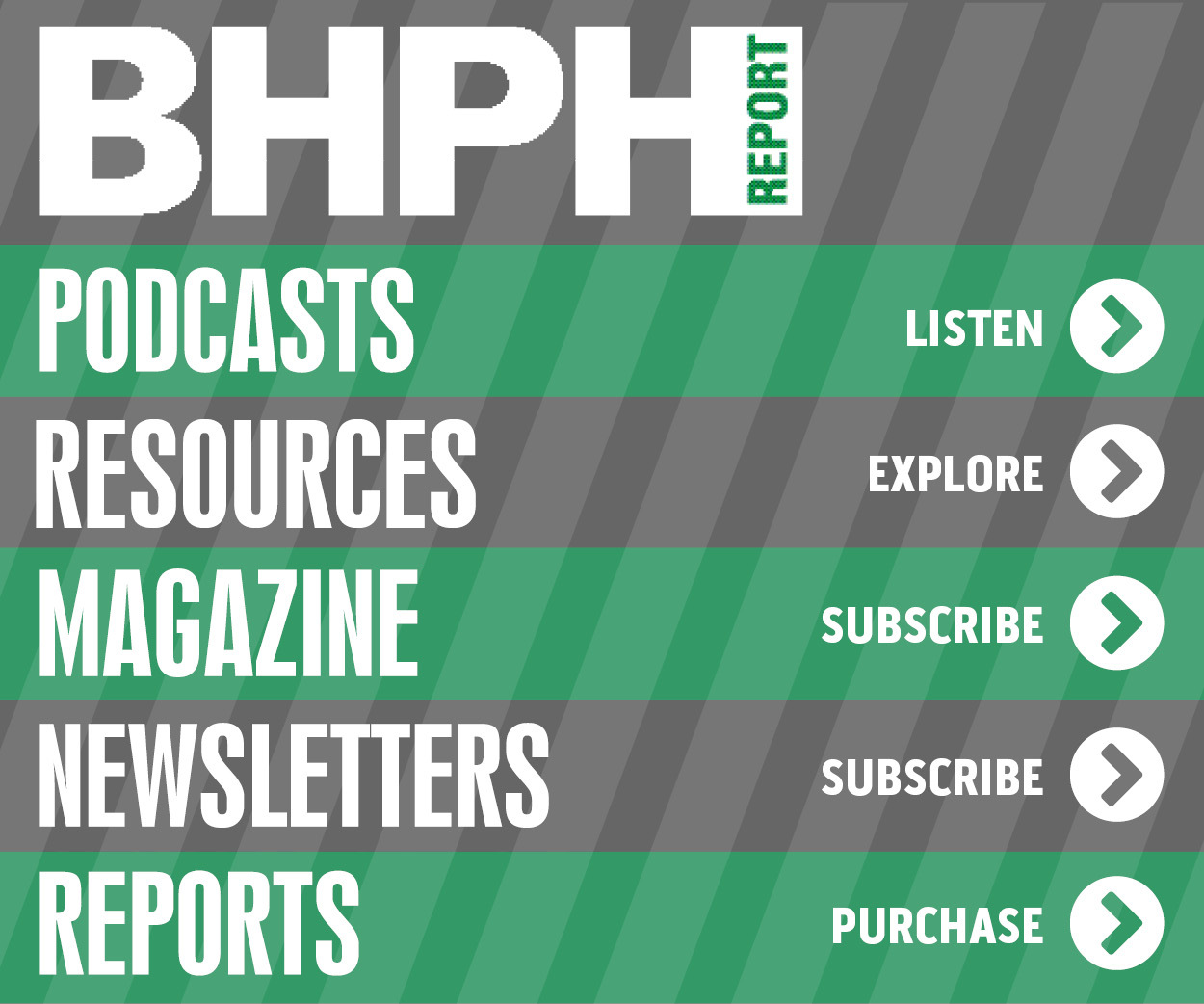2020 bankruptcy filings sink to lowest level in 34 years

By subscribing, you agree to receive communications from Auto Remarketing and our partners in accordance with our Privacy Policy. We may share your information with select partners and sponsors who may contact you about their products and services. You may unsubscribe at any time.
ALEXANDRIA, Va., and NEW YORK –
Of all the financial turbulence created by the pandemic, a record-setting number of bankruptcies was not among the unprecedented developments.
In fact, according to data shared by the American Bankruptcy Institute (ABI) and Epiq, last year generated the fewest filings since 1986.
The 2020 bankruptcy filings across all chapters totaled 529,068, representing the smallest number in 34 years when the annual figure was 530,438 total filings.
In 2019, there were 757,634 total filings.
Officials calculated the 30% drop year-over-year marked the second-largest percentage decrease since the 70% drop in filings recorded in 2005-06. They explained that the decrease was the result of the implementation of the Bankruptcy Abuse Prevention and Consumer Protection Act of 2005, which prompted total bankruptcies to rise to 2,078,415 ahead of its enactment then fall to 617,660 total filings in 2006.
Officials determined total consumer filings came in at 496,565 nationwide in 2020, which were 31% fewer than the 718,584 total filings during 2019. The 2020 consumer filing total was the lowest since the 495,553 filings registered in 1987.
Subscribe to Auto Remarketing to stay informed and stay ahead.
By subscribing, you agree to receive communications from Auto Remarketing and our partners in accordance with our Privacy Policy. We may share your information with select partners and sponsors who may contact you about their products and services. You may unsubscribe at any time.
ABI and Epiq also noticed that Chapter 13 filings decreased 46%, as the 152,828 Chapter 13 cases in 2020 declined from the 282,712 filings in 2019.
Meanwhile, the category that continues to grow year-over-year is commercial Chapter 11 filings, which were up 29% with 7,128 new filings in 2020 compared to 5,518 in 2019.
“The peak in Chapter 11 filings for Q2 and Q3 is due to preexisting distressed companies coupled with the onset of a zero-revenue environment. The federal backstop proved a vital lifeline for the stabilization of corporations to protect the U.S. economy,” said Deirdre O’Connor, managing director of corporate restructuring at Epiq.
“This federal intervention created record-breaking capital deployment fueled by investors chasing yield as companies attempt to ride out this storm,” O’Connor continued in a news release.
The 2020 commercial Chapter 11 filing total also was the highest total since the 7,789 filings registered in 2012 when the economy still was recovering from the Great Recession.
“Continued government relief programs, moratoriums and lender deferments have helped families and businesses weather the economic challenges over the past year resulting from the COVID-19 pandemic,” ABI executive director Amy Quackenboss said in a separate news release.
“While stabilization programs have achieved their intended effect in keeping families and businesses afloat amid the pandemic, bankruptcy provides a proven economic shelter for companies and consumers facing mounting financial distress,” Quackenboss continued.
Furthermore, looking at just December information, the total new U.S. bankruptcy filings across all chapters came in at 34,304 for the month, the lowest monthly total since January 2006.
“New bankruptcy filings continue to slide into record territory as the global pandemic spurs regulatory intervention to keep U.S. consumers and businesses afloat,” said Chris Kruse, senior vice president of Epiq AACER. “The second stimulus package totaling over $900 billion is getting capital into the market and delaying bankruptcy filings across the country.”
In late December, Congress passed and President Trump signed H.R. 133, the “Consolidated Appropriations Act of 2021,” into law, which combined $900 billion in stimulus relief for the COVID-19 pandemic in the U.S. along with a $1.4 trillion omnibus spending bill for the 2021 federal fiscal year.
Officials recapped that a new round of stimulus payments were provided to Americans. Also measures such as enhanced unemployment benefits, the Paycheck Protection Program and eviction moratoriums were re-established, and greater bankruptcy-relief measures were incorporated into the new law.
ABI and Epiq went on to mention that the average nationwide per capita bankruptcy filing rate for 2020 decreased slightly to 1.71 (total filings per 1,000 population) from the 2.44 rate during 2019.
States with the highest per capita filing rates (total filings per 1,000 population) through December included:
1. Alabama (3.85)
2. Delaware (3.62)
3. Tennessee (3.39)
4. Nevada (2.94)
5. Mississippi (2.85)
ABI has partnered with Epiq, a leading provider of managed technology for the global legal profession, in order to provide the most current bankruptcy filing data for analysts, researchers and members of the news media.


